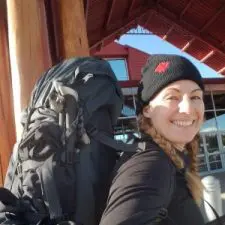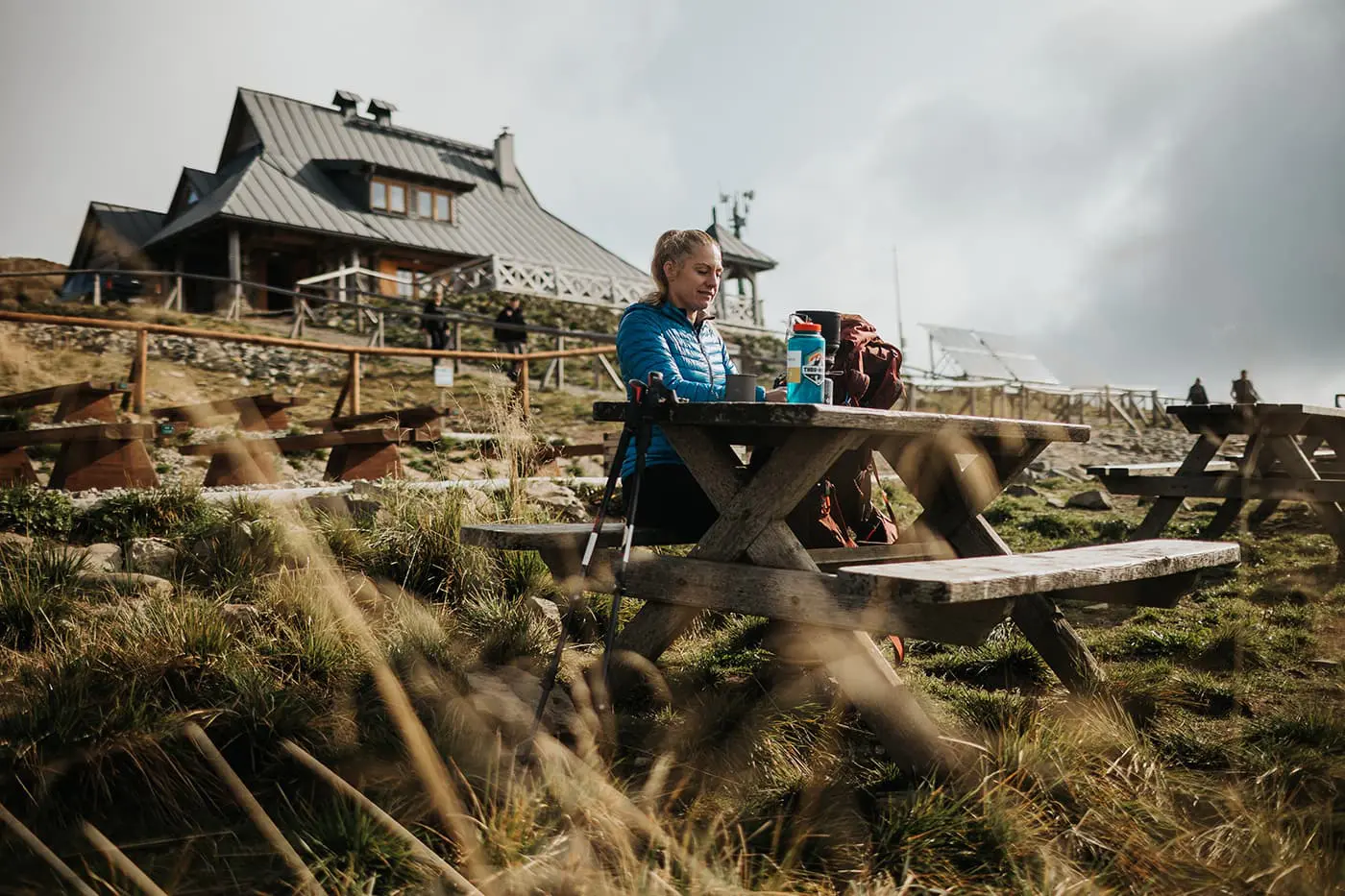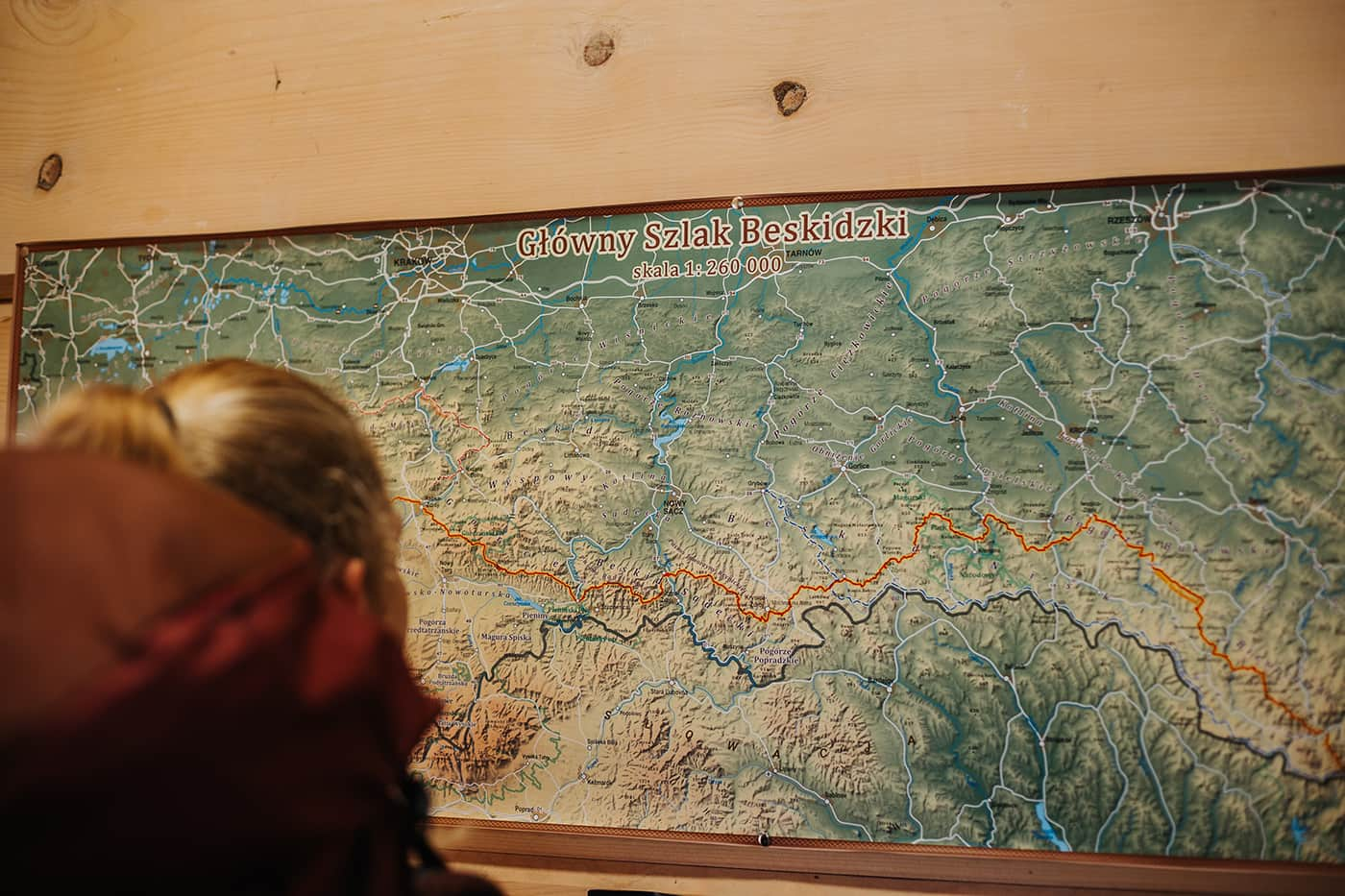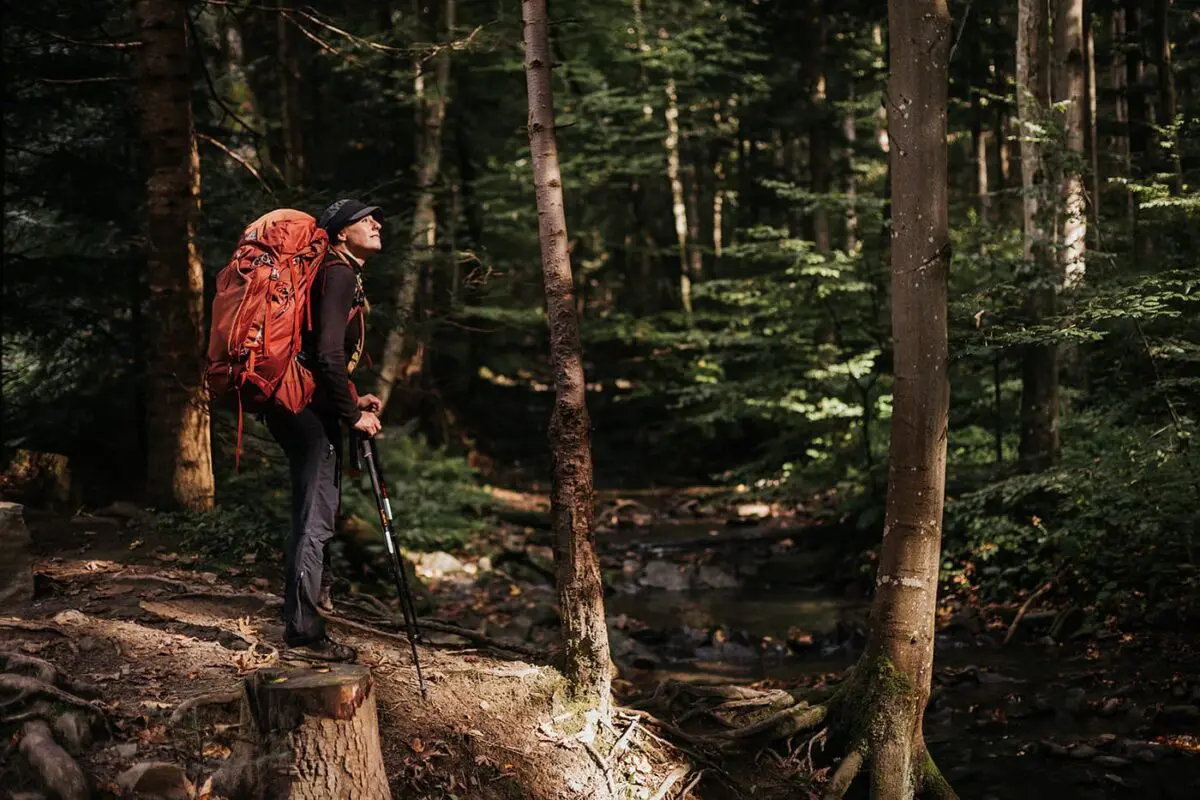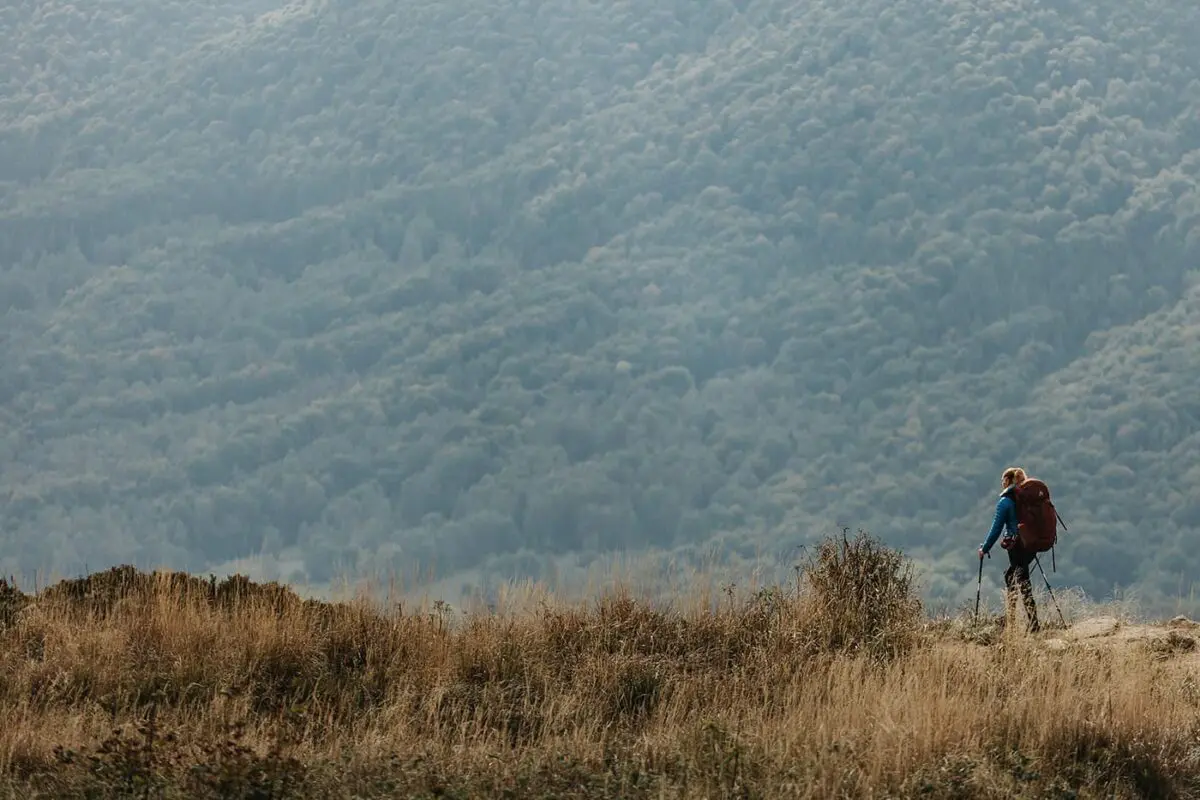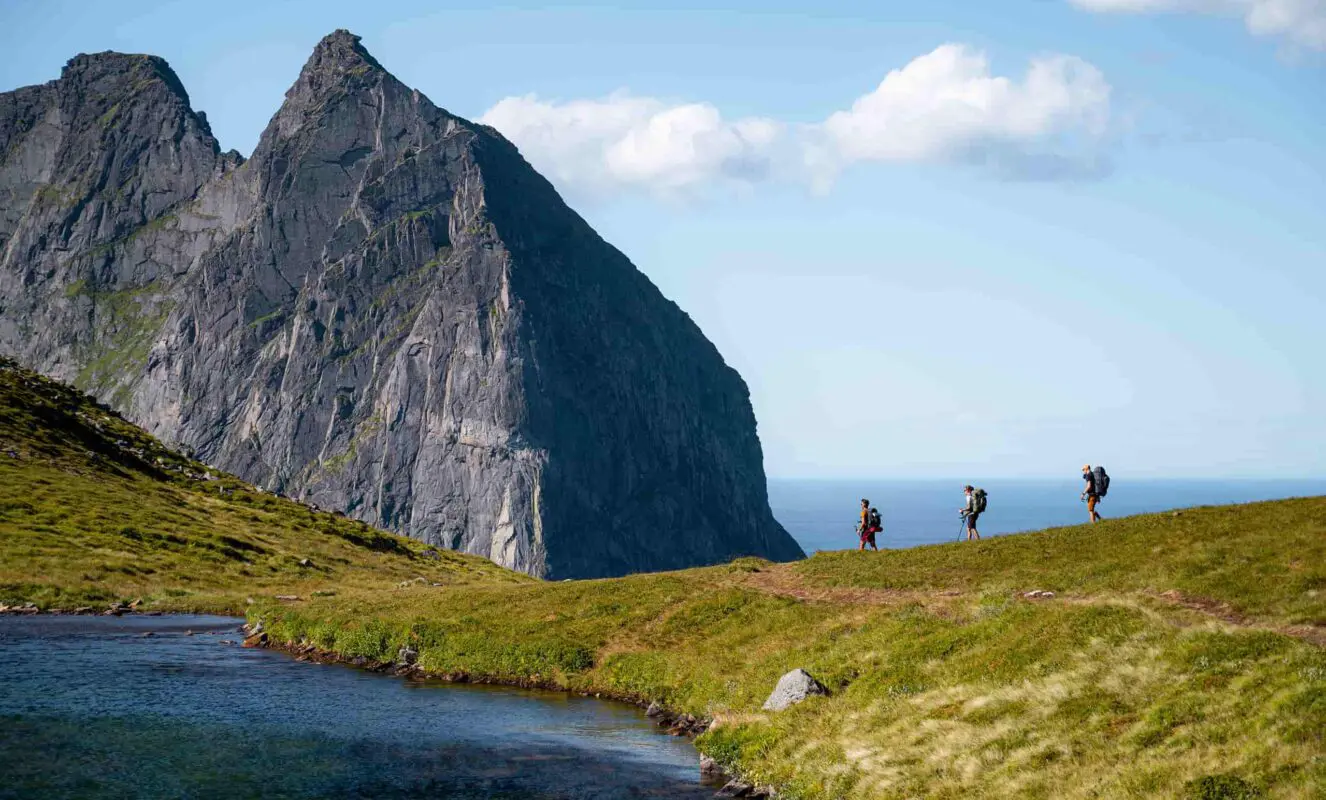Being safe on the Main Beskid Trail, as with any long-distance hiking trail is the most important thing. Assess your physical condition and choose trail segments that match your hiking experience and fitness level. Some parts of the trail are more challenging than others, with steep ascents, descents, and rugged terrain. Research the stages in advance, including distances between points, elevation changes, and estimated hiking times. Be aware of the locations of shelters, water sources, and emergency exits from the trail.
Of course, carry appropriate gear, including a reliable map and/or GPS device, a compass, a first-aid kit, a multi-tool, and a headlamp. Dress in layers to adapt to changing weather conditions and wear your comfortable and sturdy hiking shoes.
The trail is well-marked with red and white markers. Always stay on the marked trail to avoid getting lost and to minimize environmental impact. Let someone know your plans, including your route and expected return time.
Mountain weather can be unpredictable and change rapidly. Check the weather forecast before setting out and be prepared for sudden changes, including rain, fog, and temperature drops. While wildlife encounters are generally rare and not a significant danger, it’s important to know how to react if you encounter wild animals. Keep a safe distance and do not feed or provoke them.
Carry enough water and high-energy snacks. Be aware of water sources along the trail, but also consider carrying a water filter or purification tablets.
Have the contact information for local emergency services and mountain rescue teams. In some areas, there may be emergency points or shelters. Basic first-aid knowledge can be invaluable in case of minor injuries. Consider carrying a basic first-aid kit and know how to use it.




